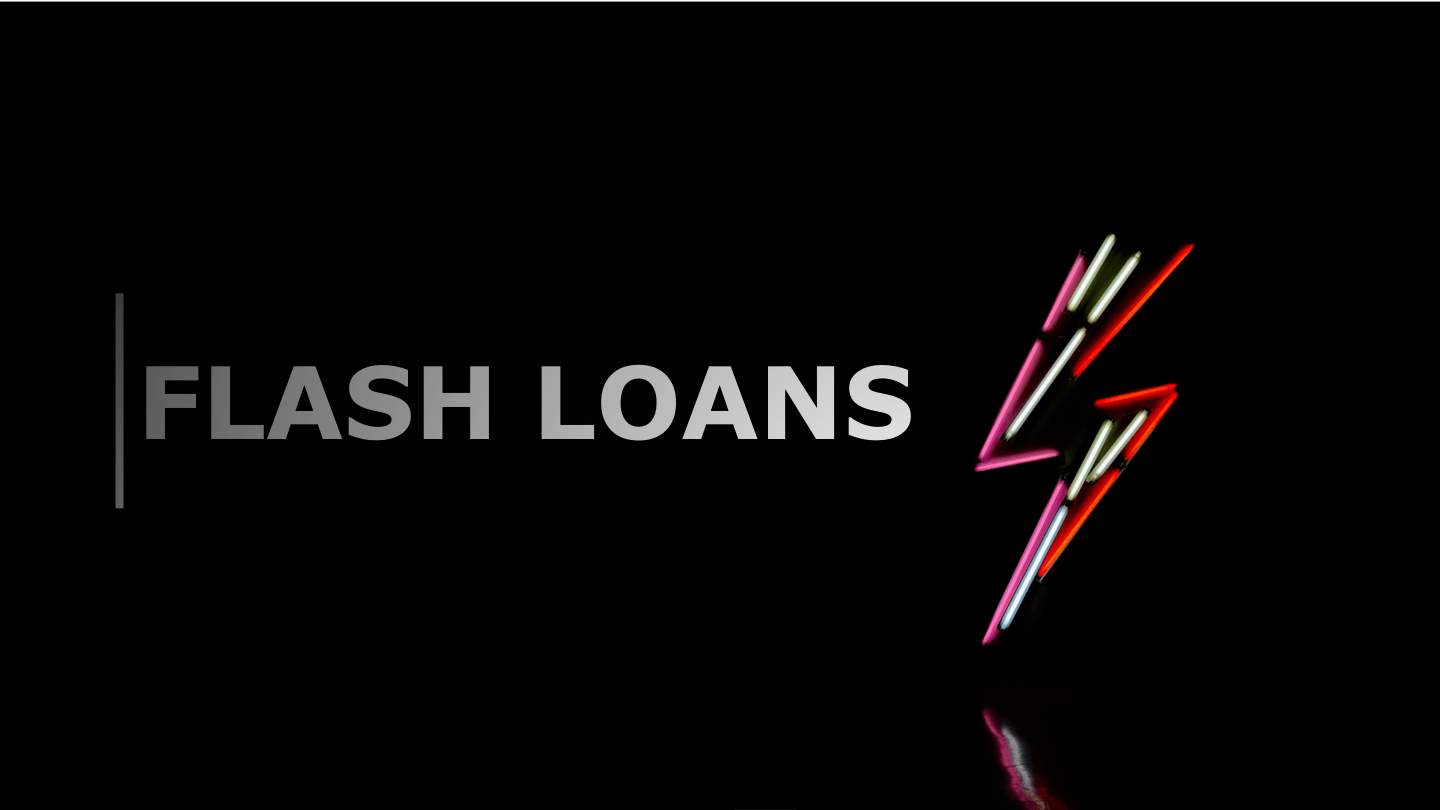Kuro Writes
Flash loan in Defi


The development of the DeFi lending space has made crypto lending very popular. Because they leverage the full power of currently available technologies, flash loans have become a very appealing form of lending.
What are flash loans?
Flash loans are uncollateralized loans without borrowing limits in which a user borrows funds and returns them in the same transaction. It usually happen within 13 seconds .
If the user can’t repay the loan before the transaction is completed, a smart contract cancels the transaction and returns the money to the lender. Fash loan remove some limitatation that are in CeFi and DeFi lending system.
To understand this better , lets look how CeFi and DeFi lending system operate.
Centralized Finance (CeFi) lending systems
The most common loans in traditional finance are secured loans and unsecured loans.
Secured loans are loans that are secured by a specific form of collateral, including physical assets such as property and vehicles or liquid assets such as cash. Collaterals usually apply to large sums of money and help the lender recoup their losses by selling the assets if the borrower can’t repay the loan.
Unsecured loans are loans that don’t require collateral. They’re also referred to as signature loans because a signature is all that’s needed if you meet the lender’s borrowing requirements. If a borrower stops making payments and defaults on the unsecured loan, there’s no collateral for the lender to take to recover the outstanding debt.
In both cases, the borrower has to pay interest. And in both cases, if the borrower defaults, the lending authority has to bear the brunt of the losses.
Decentralized Finance (DeFi) lending systems
DeFi lending systems operate differently than their traditional centralized counterparts. They pool capital from depositors into a “liquidity pool” to offer collateralized loans for borrowers.
Most of these loans are over-collateralized, meaning the borrower has to provide collateral in crypto that is worth more than the borrowed assets. This is to account for fluctuating crypto prices and ensure that the asset doesn’t become undercollateralized. In other words, if the collateral’s value can no longer cover the debt, the platform will sell collateral at a discounted price to repay a part of the loan. This process is called liquidation.
Flash loans address the limitations of CeFi and DeFi lending
CeFi and DeFi loans also have some disadvantages that flash loans address.
In a traditional CeFi lending system, you’d have to wait months to get your loan approved. But thanks to smart contracts, flash loans are processed and approved instantly.
Also, if the borrower defaults, the onus of debt is on the lending authorities. If a borrower defaults on a flash loan, however, the smart contract will cancel the transaction and return the funds to the lender.
As for DeFi lending, users have to provide collateral to get a crypto loan. Flash loans, on the other hand, are uncollateralized, making lending more accessible and giving everyone the opportunity to make money.
How do flash loans work?

There are two main entities in a flash loan: the lender and borrowers.
To interact with the flash loan lender, borrowers must develop a smart contract that consists of three parts:
Borrow loans from flash loan lenders (Aave, dYdX, and Uniswap)
Interact with smart contracts for other operations
Return the loans
The 3 most common uses of flash loans
Flash loans have a wide variety of applications that range from paying off debts to making profits from trading. Here, we discuss the three of the most common use cases.
1. Arbitrage
Cryptocurrency arbitrage is a strategy in which investors buy a cryptocurrency on one exchange, and then quickly sell it on another exchange for a higher price. Cryptocurrencies trade on hundreds of different exchanges, and often the price of a coin or token may differ on one exchange versus another
If you’re just starting with crypto arbitrage, you probably don’t have enough assets to make a significant profit.
But flash loans give you the ability to borrow as much as you want, so you can make a decent profit if you find assets with a considerable price difference.
2. Wash trading
Like any other financial technology, flash loans can also be used to scam users. Wash trading is one such use case.
Wash trading is the process of using a group of trades to create an illusion of higher trade volume. It misleads investors and other users into thinking that a cryptocurrency or NFT has high demand when it doesn’t.
Now, with the advent of flash loans, wash trading has become more rampant as traders can get hold of a large sum of crypto to manipulate the market.
3. Closing Collateralized Debt Position
A Collateralized Debt Position (CDP) is simply a crypto loan that’s backed by collateralized assets. Once the user borrows funds, the platform locks the collateral until the loan is repaid.
During this period, if the currency of the loan drops in value compared to the currency of the collateral, the user can’t repay the loan.
Flash loans allow you to pay back the loan and release the collateral so you can use it for other purposes.
Can you make money with flash loans?
When a debt becomes undercollateralized, a class of users called liquidators will trigger a liquidation event to buy undercollateralized assets at discounted prices.
With flash loans, anyone can become a liquidator and profit from the discounted assets.
What are flash loan attacks?
A flash loan attack is an abuse of the smart contract security of a particular platform in which an attacker usually borrows a lot of funds that don’t require collateral. They then manipulate the price of a crypto asset on one exchange and quickly resell it on another one.
The process is swift, and the attacker repeats the process multiple times before finishing and leaving without a trace.
How do I get a crypto flash loan?
To get a crypto flash loan, you can use a drag and drop tool like Furucombo and create a pipeline with cubes which are akin to building blocks. The Furucombo is the simplest way since no coding skill is require.
All you’ve got to do is go to the Create mode, click the “+” on the cube icon and choose from different options. You can reorder the cubes according to the order in which the transaction should be executed.
But ensure that you nest intermediate actions like token swaps between the two flash loan cubes as shown below.
Alternatively, you can also use smart contracts to execute flash loans on platforms like Aave, dYdX, and Uniswap.
Since smart contracts are pieces of code, you can find many open source flash loan codes on sites like GitHuB and copy.
Closing thought
Flash loans have taken the decentralized finance world by storm as they let users instantly borrow unlimited assets without collateral.
They’re a double-edged sword, however, and can have unfavorable consequences on the crypto ecosystem depending on what they’re used for.
Many crypto enthusiasts are currently using flash loans to make profits and hedge themselves against liquidation risks. But malicious parties are also using them to engineer attacks on smart contracts and drain them of funds.
However, the risk of these attacks might diminish in the future if DeFi platforms spend more resources on testing their code.
It’s also worth remembering that flash loans are relatively new to the DeFi space, so the possibilities for innovation are endless.
